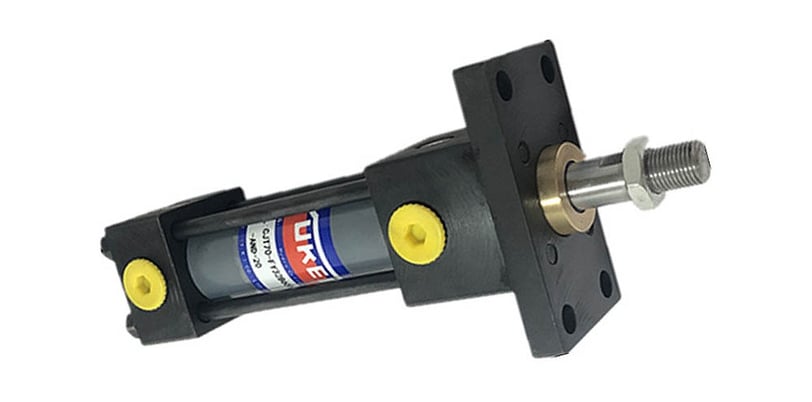Comparison of Different Types of Yuken CJT140 Shears Hydraulic Cylinder: Analysis of Advantages and Disadvantages
1/13/20252 min read


Introduction to Yuken CJT140 Shears Hydraulic Cylinders
Hydraulic cylinders are pivotal in various industrial applications, including shearing operations. Within this sphere, Yuken CJT140 shears hydraulic cylinders are notable for their performance and reliability. Understanding the different types of hydraulic cylinders available—single acting, double acting, and telescopic—can significantly enhance operational efficiency and ensure that the right cylinder is selected for the right job. This article will compare these three types, providing insights into their respective advantages and disadvantages.
Single Acting Cylinders
Single acting hydraulic cylinders operate on the principle of applying force in one direction. These cylinders use hydraulic pressure to extend the rod while relying on gravity or an external force for retraction. One of the primary advantages of single acting cylinders is their simplicity and ease of use, making them a cost-effective option for many applications. They are also lighter and require less hydraulic fluid than their double acting counterparts.
However, single acting cylinders have limitations, such as lower speed and reduced force during retraction. Additionally, their reliance on external forces for return can lead to inconsistency, which may not be suitable for all operations. Operators must assess these factors carefully when considering single acting cylinders for their shearing tasks.
Double Acting Cylinders
In contrast to single acting cylinders, double acting cylinders provide force in both extending and retracting motions. This dual functionality is achieved via hydraulic pressure on both sides of the cylinder. The primary advantage of double acting cylinders lies in their ability to exert greater force and speed, which can enhance productivity, particularly in heavy-duty shearing applications.
Despite their advantages, double acting hydraulic cylinders come with some downsides as well. These cylinders are typically more complex and heavier due to the additional components required for operation. Increased complexity can lead to higher maintenance requirements and costs. Therefore, businesses must weigh the benefits against potential expenses when opting for double acting cylinders in their operations.
Telescopic Cylinders
Telescopic cylinders offer a unique design wherein multiple cylinders fit inside one another, allowing for extended stroke lengths without increasing the overall size of the cylinder. This design is particularly advantageous in applications where space is limited but a long stroke is required for effective operation.
The major advantage of telescopic cylinders is their high versatility and ability to deliver a significant amount of force in a compact design. This makes them ideal for tasks that require both strength and limited space. However, they can be more expensive and complicated to manufacture, resulting in higher purchase and repair costs. Additionally, their design can lead to issues related to wear and tear if not properly maintained.
Conclusion
Choosing the right type of Yuken CJT140 shears hydraulic cylinder is crucial for maximizing efficiency and effectiveness in industrial applications. Single acting cylinders offer simplicity and cost savings, while double acting cylinders provide greater force and speed. Telescopic cylinders stand out for their compactness and versatility but come with a higher price tag and maintenance needs. Analyzing the specific requirements of your operation will lead to a well-informed decision, ensuring optimal performance from the hydraulic cylinders you select.
